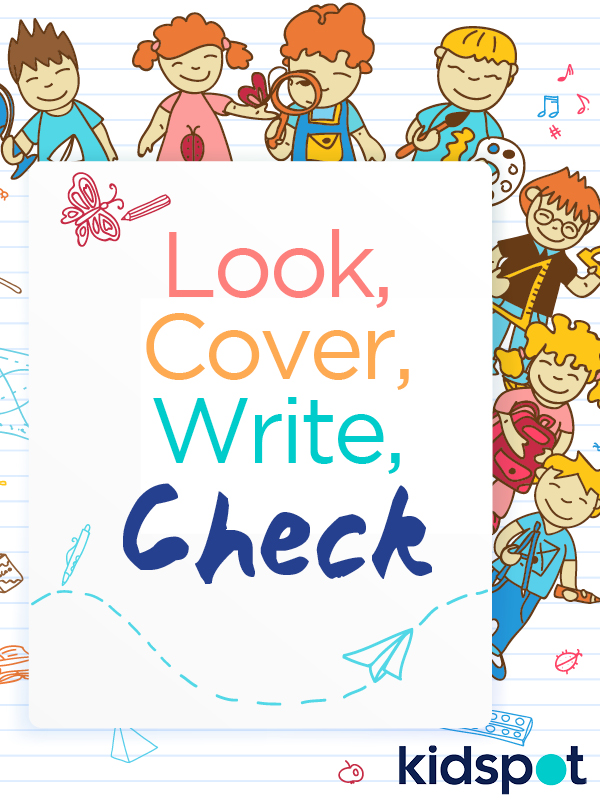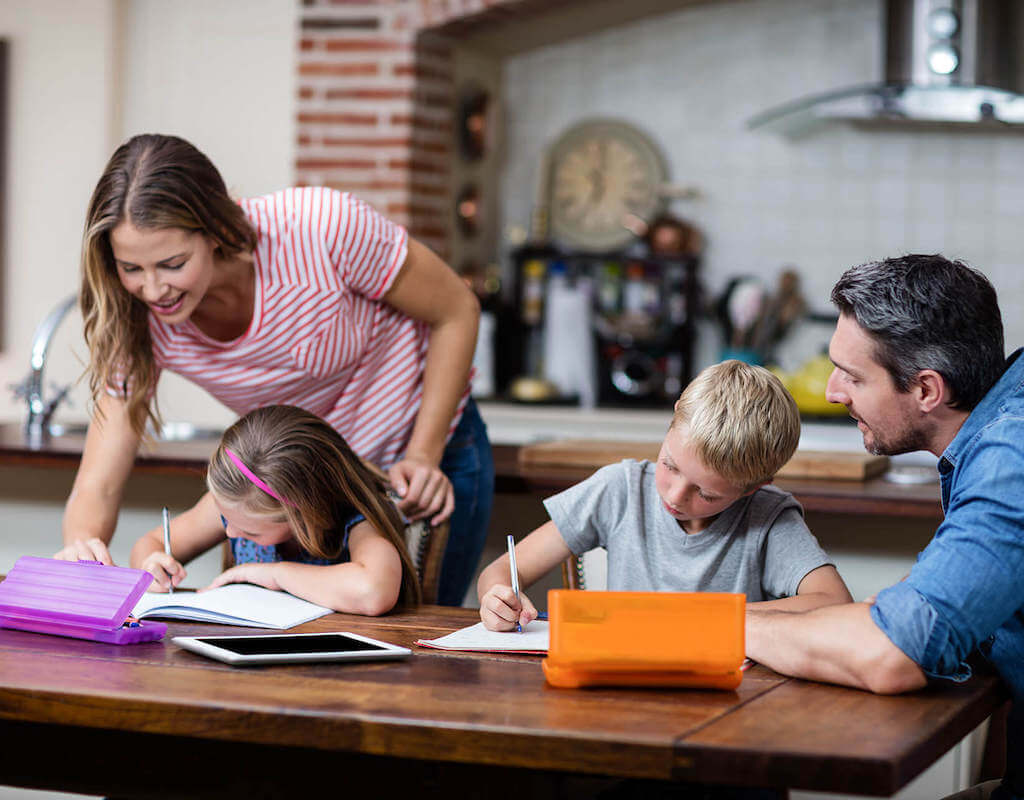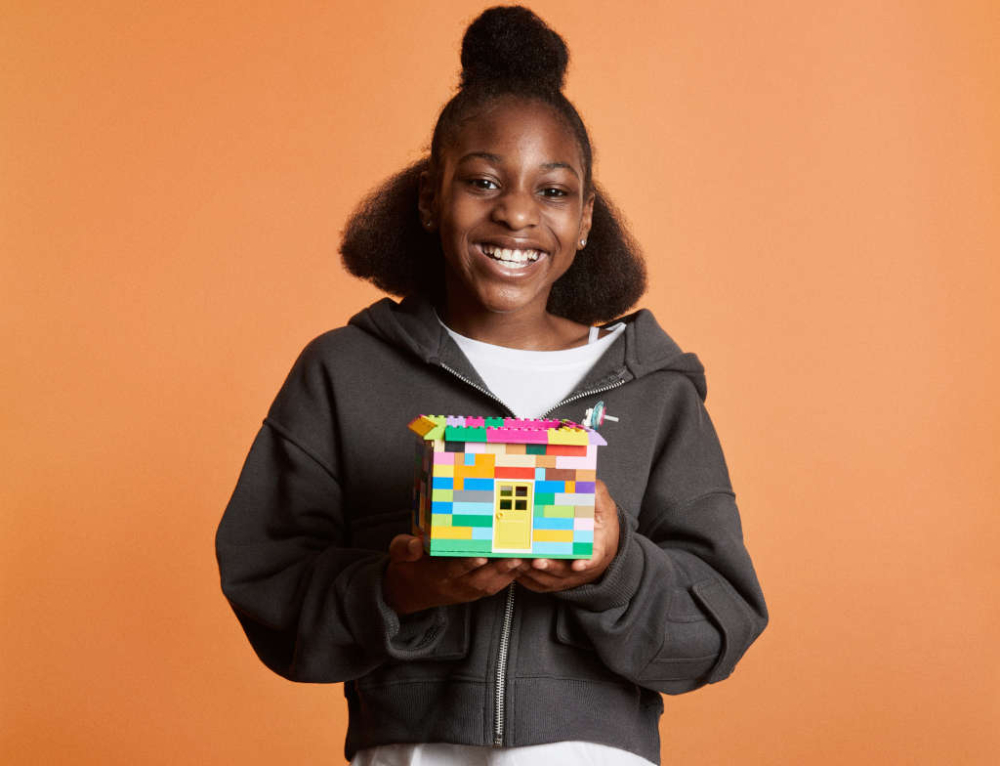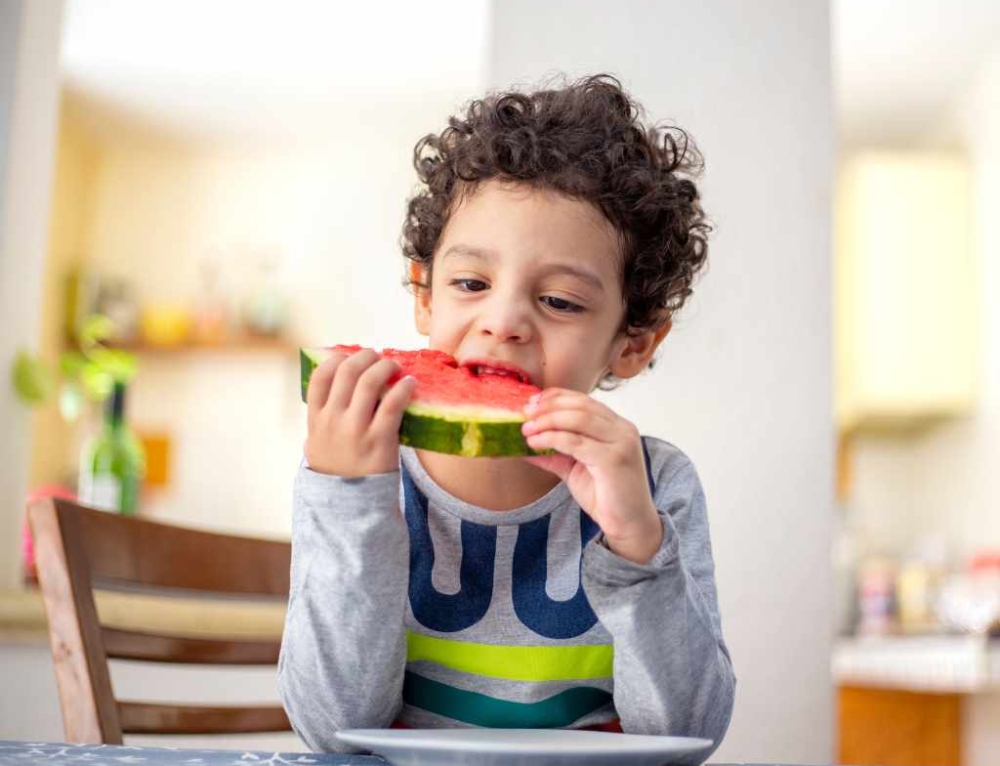Teachers have plenty of tricks up their sleeves to help children learn spelling and vocabulary, with “look, say, cover, write, check” being one of the most popular.
This process involves a grid of spelling words and is one of the most tried and tested methods for English-speaking children to learn how to spell words. It’s an exercise that can be done at home, especially if the activity is seen as fun rather than “homework” or a competition. (Oh, and the bonus of look, say, cover, write and check is that it works just as well for adults.)
Start with the game
To make this spelling game fun to do at home, get your kids to assemble their own list of words they particularly like or want to practice spelling. It could be words they spot on signs as they drive home from school or words they randomly choose from the street directory or television ads. Make sure you have a lined piece of paper which can be divided into three or four columns. As the parent, it will be up to you to write neatly into the first column the chosen words to target for the spelling game. Or you can use the list we’ve already prepared:

Start with: Look
Look at the word which is first on the list and needs to be learned. Encourage your child to dissect it. Which bits of the spelling are easy and which are not so obvious? Get your child to circle or underline the ‘hard spots’, which is the difficult parts of the word, using a different coloured pen. Ask if they think the word is similar in spelling to another word that has a related meaning? Can your child break it into parts? You child should be looking at the first column on the grid of paper as they do this.
Step two: Say
Reciting the word out loud is a key way to remember the spelling. Ask your child if they think the spelling a reflection of the sound? If not what is different?
Now the hard part: Cover
Ask your child to cover the word which they have just studied and recited. Using the grid, they must now cover the list of words with a piece of paper. You can make this fun, and give them a blindfold or pirate patch to use instead of a boring old piece of paper. Now is the time to encourage your child to be “seeing” the word that is covered. Ask them questions like, “what does the word look like”, “which letter combinations can you see clearly”. Can your child remember the easy parts and the tricky sections.
Write
Now write the word from memory only. Keep the other sections covered and have your child write the word fresh.
Check
Now you can uncover the word and compare it with the correct spelling from the first column on the piece of paper. Check it letter by letter. If it’s wrong, start again! If it’s right, don’t forget to lavish praise upon them and reward them.







Leave A Comment
You must be logged in to post a comment.